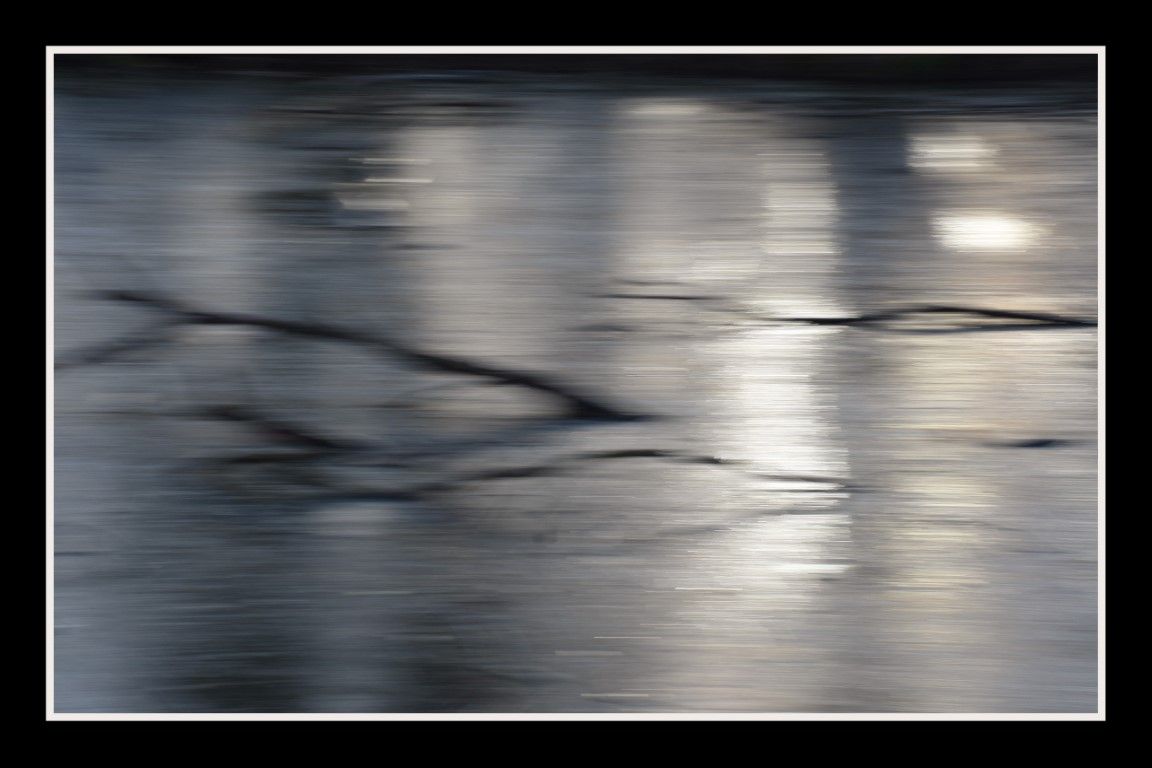The Impressionist Photograph
The close relationship between impressionist painting and photography is amazing and although one might think that impressionist photography was born in our modern times, it is not so, because it developed at the same time as an impressionist painting. These two arts were characterized by the same primary interest, namely the control of light in the creation of images. During the years of training, I realized how much I loved to shoot backlit.


A technique that goes against the fixed rule that, according to critical voices, the light source must always be behind the camera or to the side. If you point the lens directly against the light, you leave the technically "correct" area of photography, so to speak. But photographing against the light has its own special charm. The light seems mystical, misty, soft, and exciting, it is just impressionistic light. This kind of photography is not easy to handle, and it is a challenge to get the exposure right. Over time, I became attracted not only to photographing in backlight but also to creative photography in which movement and blur are used purposefully. Following the statement of the New Zealand impressionist photographer Eva Polak, I also decided overtime to put aside all the fixed concepts and rules of traditional photography and give myself permission to experiment. I love impressionist photography, a creative form of expression that allows you to combine movement, texture, and color excitingly. As Polak says, "Impressionist photography is about capturing emotion.
Photography inspired by impressionist painting
I am a lover of impressionism and painters like Camille Pissarro and Claude Monet. The painting Impression. Rising Sun was exhibited at the first Impressionist exhibition in 1874. Thus, Claude Monet recalls the origin of the title, which was to emerge almost accidentally from the new language among art painters: Impression. Impressionist painting is the definitive abandonment of detail to explore exclusively the emotional impact produced by the harmonies of colour and immediate perception. It‘s the rejection of local colour, that‘s, the opinion that each object has its own intrinsic colour, independent of variations in light, and it’s the abolition of contours. Reflections on the water, rapid brushstrokes of pure colour that overlap on the moving and fluid surface. Impressionist painting is perception, not appearance, and what interests the artists is the sensation that a landscape evokes. The compositions are based on the blurred contours of the sky and the landscape, which form patches of colour and make the painting extremely delicate. One "feels" the vibration and throbbing of the light, the warmth and its luminosity.

Flower impress

Camille Pissarro

Home Foto Impress 22

Impressionism

Masterpiece impress

Claude Monet
The painting with light
The similarity between impressionist painting and photography seen through the painting technique developed by the painter Claude Monet:

Claude Monet

Madrid 1280

Claude Monet
He researched the relationship between light and atmosphere and the use of vivid colors. The intention of the painter was also to analyze the light and the effects of the fog and their forms in nature, as well as on the monuments in the sites, and to show in a subjective way the reality that surrounds us. The painter narrows the angle of view by moving closer to the depicted element. As a result, the spatial component is enlarged to such an extent that the details and the reference places are completely lost. In "The Pond of the Nymphs" there is no horizon and what is depicted is the simple surface of the water. The essence of the theme is the pond, whose appearance changes at every moment because the sky, reflected in it, everything: the cloud, the breeze, the seed that falls into the water, the wind that blows, the light that darkens and flares up again, everything changes colors and disturbs the water surface. Monet developed over time in a more systematic and mature way the relationship between the division of space and the reflection of the environment that acts on it. His paintings would later tend more and more towards abstract painting. Monet said, "I was guided by instinct; thanks to the rediscovery of these secret and mainly intuitive forces, I was able to identify and merge with creation....
Shooting techniques in impressionist photography
Popular methods for taking impressionistic photos include blurring, panning (tracking a moving object with the camera while shooting), deliberate camera movement, selective focus (opening the aperture to limit the depth of field), and zooming while shooting. Using Vaseline on a filter is also useful to diffuse light more. Each technique involves different problems and challenges.
Working with the camera movement confronts us with the unpredictable, often the result is influenced by luck and chance situations, but also by skill and experience. You need a camera with manual control, a slow shutter speed, and perhaps gray filters to moderate excess light when it becomes necessary. The direction and speed at which the camera moves determine, first, the blurring of vertical or horizontal lines and, second, the proper exposure. Colors, reflections, light, and shadows are able to convey sensations and emotions and set the imagination in motion. If we look closely, we see these "emotions" all around us. Colored reflections in rain-soaked streets, reflections on lakes, rivers, meadows, and wet plants. But the most important thing is always the right light. There is a perfect moment, the exact moment in the correct light. The atmosphere, the colors, the reflections, the perception of movement, everything is determined by the interplay of shadow and light. So in a way, Impressionist photography is also painting with light.







